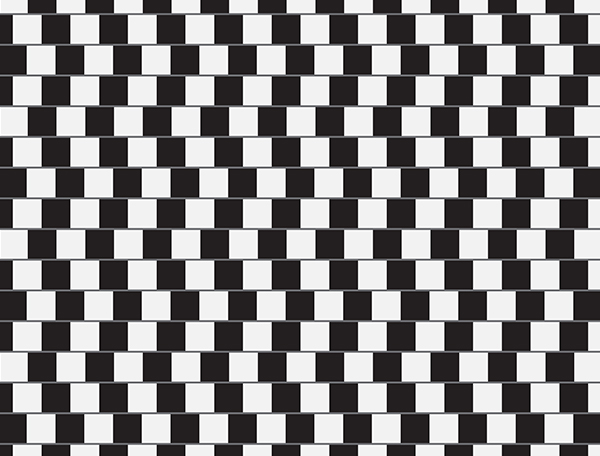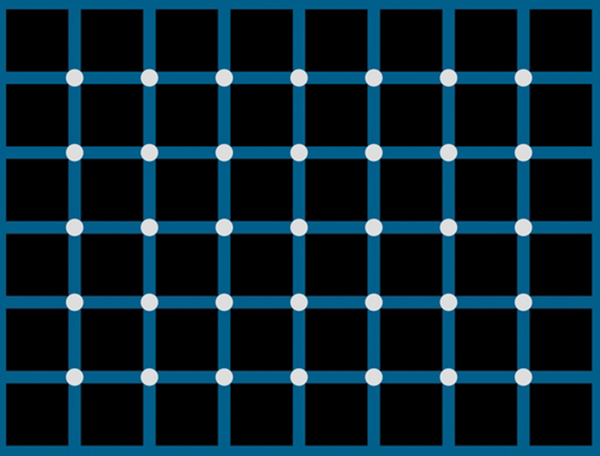The human eye is wonderful, but not that wonderful. While it seems like your eyes are two perfect cameras, faithfully recording the world around you with no mistakes, the reality is much more interesting. Your eyes, working together with your brain, are constantly filling in missing pieces and using shortcuts to make it seem like they see more than they really do. It's easy enough to break this spell: just check out any one of the thousands of optical illusions that trick our eyes into thinking straight lines are crooked, that we see gray dots that really don't exist, or that two identical squares are different colors.
In 1886, the French painter Georges Seurat discovered a way to turn the imperfections and shortcuts of our visual system into art. He filled giant canvases with thousands and thousands of tiny dots of different colors. Up close, they just looked like random specks of paint. But when viewed from a distance, the eyes take a shortcut: they blend the dots together to create a picture:



